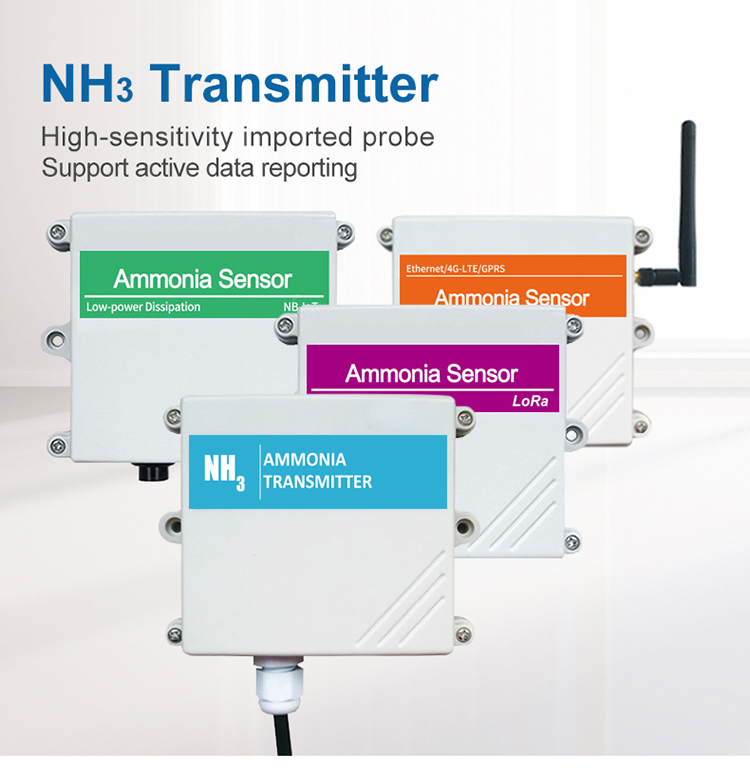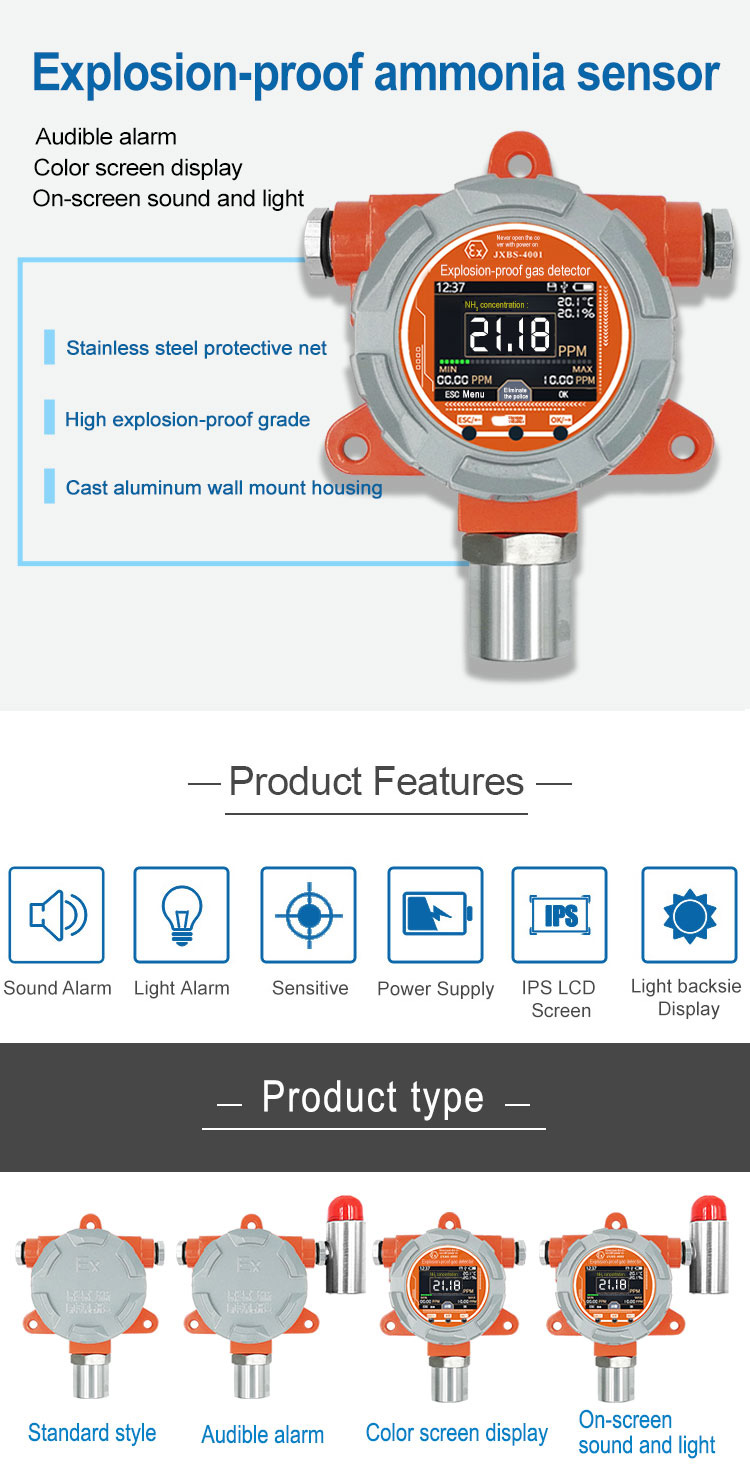Ammonia Sensors

Ammonia sensors are designed to detect changes in the concentration of ammonia in the air. They work by measuring the electrical resistance of an electrochemical cell when it comes into contact with ammonia. This produces a signal that can be read by a computer or other monitoring device, allowing for real-time readings of ammonia levels.
The importance of ammonia sensors in industrial settings cannot be overstated. Ammonia is a colorless, odorless gas that can easily go undetected without the use of sensors. It is important to monitor ammonia levels to prevent accidents and ensure worker safety.
Applications of ammonia sensors
One area where ammonia sensors are crucial is in refrigeration systems. Ammonia is a common refrigerant used in many industries because of its excellent thermodynamic properties. However, leaks can occur in these systems, which can create an unsafe working environment. By installing ammonia sensors in the vicinity of refrigeration units, any leaks can be detected early on, and action can be taken to fix the issue before it becomes a hazard to workers.

Another area where ammonia sensor are utilized is in chemical plants that produce ammonia and related compounds. These industries must monitor ammonia levels continuously to ensure that employees are not exposed to hazardous concentrations of this gas. Ammonia sensor can provide 24/7 monitoring, making them an essential tool for detecting leaks or spikes in ammonia levels before they become harmful.
Furthermore, ammonia sensor are critical for environmental compliance.
Many countries have regulations in place that limit the amount of ammonia that can be released into the atmosphere. Industries that produce ammonia or use it as a refrigerant must monitor their emissions to ensure they comply with these regulations. Ammonia sensor are an effective way to measure the amount of ammonia that is being released into the air, making them an important tool for environmental safety.
An additional benefit of ammonia sensor is their ability to provide early warnings of potential problems. By detecting elevated levels of ammonia in the air, sensors can alert workers or control systems before significant damage occurs. This allows workers to take action quickly, preventing accidents and environmental harm.
In conclusion, ammonia sensor play a critical role in industrial settings. They are essential tools for ensuring worker safety, complying with environmental regulations, and preventing accidents from occurring. By providing continuous monitoring and early detection of ammonia levels, ammonia sensor can help industries effectively manage this hazardous gas, creating a safer working environment for all.